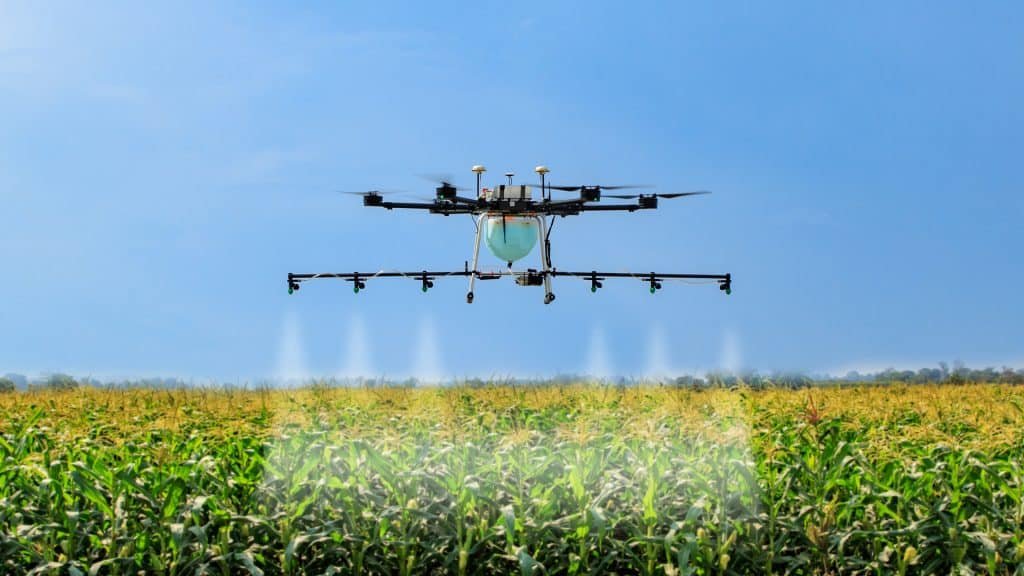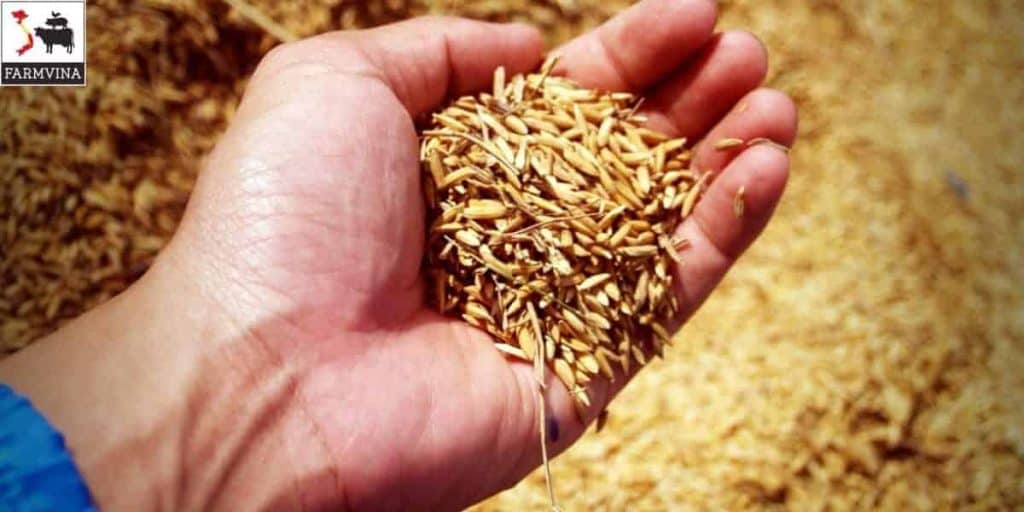Grinding coffee beans is an essential step in the coffee brewing process. It is the act of breaking down the beans into smaller particles, which allows for better extraction of flavor and aroma during brewing. The quality of the grind can greatly impact the taste and overall experience of your coffee.
In this post, we will explore the different aspects of coffee grinding, including the science behind it, the different types of grinders available, how to choose the right grinder for your needs, and tips for achieving the perfect grind size and consistency.
Understanding the Basics of Coffee Grinding
To understand the importance of grinding coffee beans, it is essential to understand the science behind it. When coffee beans are ground, they release oils and compounds that give coffee its distinct flavor and aroma. The size of the grind determines how quickly these oils and compounds are extracted during brewing. Finer grinds have a larger surface area, allowing for faster extraction, while coarser grinds have a smaller surface area and slower extraction.
The impact of grind size on coffee flavor and aroma is significant. Finer grinds are typically used for espresso because they allow for a shorter extraction time and result in a concentrated, bold flavor. Coarser grinds are used for methods like French press or cold brew, where a longer extraction time is desired to extract more subtle flavors. The wrong grind size can lead to over-extraction or under-extraction, resulting in a bitter or weak cup of coffee.
The Different Types of Coffee Grinders
There are three main types of coffee grinders: blade grinders, burr grinders, and manual grinders. Blade grinders are the most common and affordable option. They work by using a spinning blade to chop up the coffee beans. However, they tend to produce inconsistent grind sizes and can generate heat that affects the flavor of the coffee.
Burr grinders, on the other hand, use two revolving abrasive surfaces (burrs) to crush the coffee beans into a consistent grind size. They offer more control over the grind size and produce a more uniform result. Burr grinders can be further divided into two categories: conical burr grinders and flat burr grinders. Conical burr grinders are known for their versatility and are often preferred by coffee enthusiasts. Flat burr grinders, on the other hand, are known for their precision and are commonly used in commercial settings.
Manual grinders are a popular choice for those who enjoy the process of grinding their own coffee. They require manual effort to grind the beans, usually through a hand crank. Manual grinders are often compact and portable, making them ideal for travel or camping.
Choosing the Right Coffee Grinder for Your Needs
When choosing a coffee grinder, there are several factors to consider. First and foremost is your budget. Blade grinders are the most affordable option, while burr grinders tend to be more expensive. However, investing in a good quality burr grinder is worth it if you want to achieve a consistent grind size.
Another important factor to consider is your brewing method. Different brewing methods require different grind sizes. For example, drip coffee makers require a medium grind, while espresso machines require a fine grind. Consider the brewing methods you use most frequently and choose a grinder that can accommodate those grind sizes.
Personal preferences also play a role in choosing the right grinder. Some people prefer the convenience of an electric grinder, while others enjoy the manual process of grinding their own coffee. Think about what features are important to you, such as grind size settings or ease of cleaning.
How to Grind Coffee Beans for Different Brewing Methods
To achieve the perfect cup of coffee, it is crucial to grind your beans to the appropriate size for your chosen brewing method. Here are some general guidelines for grind sizes:
– Drip coffee makers: Medium grind
– French press: Coarse grind
– Espresso machines: Fine grind
– Aeropress: Medium-fine grind
– Pour-over: Medium-fine grind
To grind coffee beans, start by measuring the desired amount of beans based on your brewing method. Place the beans in the grinder and adjust the settings to achieve the desired grind size. Grind the beans in short bursts, shaking the grinder gently to ensure an even grind. Once the desired grind size is achieved, transfer the grounds to your brewing device and proceed with brewing.
The Importance of Grind Size and Consistency
Grind size and consistency are crucial factors in achieving a perfect cup of coffee. The size of the grind determines how quickly the flavors and aromas are extracted during brewing. If the grind is too fine, the coffee can become over-extracted, resulting in a bitter taste. If the grind is too coarse, the coffee can be under-extracted, resulting in a weak and watery cup.
Consistency is equally important. If there are uneven grinds within your coffee grounds, some particles will extract more quickly than others, leading to an inconsistent flavor profile. This can result in a cup of coffee that lacks balance and complexity.
Tips for Perfectly Grinding Coffee Beans
To achieve the perfect grind size and consistency, here are some tips to keep in mind:
1. Invest in a good quality grinder: A high-quality burr grinder will provide more control over grind size and produce a more consistent result.
2. Adjust grind size based on taste: Experiment with different grind sizes to find the one that suits your taste preferences. Keep in mind that different beans and brewing methods may require slight adjustments.
3. Grind just before brewing: For optimal freshness and flavor, it is best to grind your coffee beans just before brewing. This ensures that the flavors and aromas are preserved.
4. Use a scale: To achieve consistency, use a scale to measure the amount of coffee beans and adjust the grind size accordingly.
5. Clean and maintain your grinder: Regularly clean your grinder to remove any leftover coffee grounds or oils that can affect the flavor of your coffee. Follow the manufacturer’s instructions for cleaning and maintenance.
Common Mistakes to Avoid When Grinding Coffee Beans
There are several common mistakes that can affect the quality of your coffee grind. Here are some tips for avoiding these mistakes:
1. Grinding too fine for your brewing method: Make sure to adjust the grind size based on your brewing method. Grinding too fine for a drip coffee maker, for example, can result in over-extraction and a bitter taste.
2. Grinding too much or too little: Measure the appropriate amount of coffee beans based on your desired brew strength. Grinding too much or too little can affect the flavor and balance of your coffee.
3. Inconsistent grind size: Shake the grinder gently while grinding to ensure an even grind. This will help prevent uneven extraction and an inconsistent flavor profile.
4. Neglecting to clean your grinder: Regularly clean your grinder to remove any leftover coffee grounds or oils that can affect the flavor of your coffee. This will also help prevent clogging and ensure optimal performance.
How to Store Your Coffee Beans after Grinding
After grinding your coffee beans, it is important to store them properly to maintain freshness and flavor. Here are some tips for storing your coffee beans:
1. Use an airtight container: Transfer the ground coffee into an airtight container to prevent exposure to air, moisture, and light.
2. Store in a cool, dark place: Keep the container in a cool, dark place away from direct sunlight, heat, and humidity.
3. Avoid storing in the refrigerator or freezer: Contrary to popular belief, storing coffee beans in the refrigerator or freezer can actually affect the flavor and aroma. The moisture and odors in these environments can seep into the beans and alter their taste.
4. Use within two weeks: Ground coffee is best consumed within two weeks of grinding to ensure optimal freshness and flavor.
Troubleshooting Common Coffee Grinding Issues
Sometimes, issues can arise when grinding coffee beans. Here are some common issues and tips for troubleshooting:
1. Uneven grinds: If you notice uneven grinds in your coffee grounds, try adjusting the grind size or shaking the grinder gently while grinding to achieve a more consistent result.
2. Clogging: If your grinder becomes clogged, clean it thoroughly to remove any leftover coffee grounds or oils that may be causing the clog. Follow the manufacturer’s instructions for cleaning and maintenance.
3. Inconsistent flavor: If you are experiencing inconsistent flavor in your brewed coffee, check the grind size and adjust as needed. Also, ensure that you are using the appropriate amount of coffee beans for your desired brew strength.
Mastering the Art of Grinding Coffee Beans
Grinding coffee beans is an art that requires attention to detail and experimentation. By understanding the basics of coffee grinding, choosing the right grinder for your needs, and following proper techniques, you can achieve a perfect cup of coffee every time.
Remember to consider factors such as budget, brewing method, and personal preferences when choosing a grinder. Experiment with different grind sizes and brewing methods to find your perfect cup of coffee. With practice and patience, you can become a master at grinding coffee beans and enjoy the rich flavors and aromas that freshly ground coffee has to offer.
Originally posted 2023-04-25 10:23:39.






